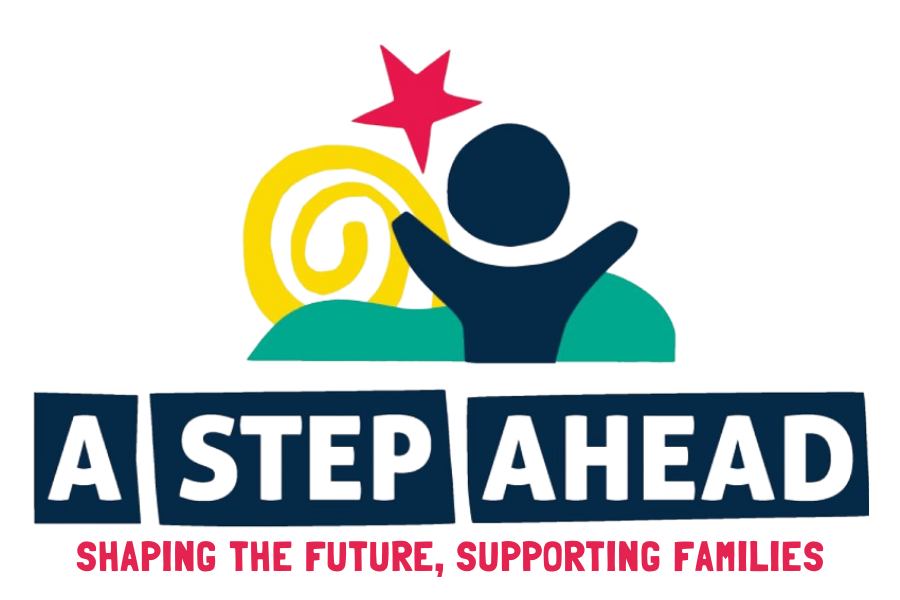Language Strategies
-
ABOUT THIS STRATEGY:
Talk about, and play with, the things your child is playing with and/or looking at. You can also copy your child's actions, words and sounds during play
Respond to your child's interactions and interests, try not to redirect their attention to something else.
Comment with relevant words/actions/sounds clearly while playing.
WHY THIS HELPS:
Following your child's lead helps to support their attention and interaction skills during play. It also helps to keep the play at your child's level, so they can explore things at their own pace. Following your child's lead also means that you are focusing on the same things, so the languages you model during play becomes more relevant and easier to understand.ACTIVITY IDEAS:
Toy Animals: Watch what your child is doing in play, then copy their actions/sounds/words. For example if they are making the cow eat, you could make the sheep eat too. Be sure to comment on their actions during play too.Dough: Watch your child's actions/play with the dough. Comment on, and copy, their actions/play. For example, if your child is rolling the dough, you roll it too. At first, there's no need to try and show them how to build anything with the dough, but if you feel that the play is repetitive, you can show your child how to expand their play. For example if they have been rolling the dough in to balls, you could build a snowman.
Puppets:
Your child may be shy/uncertain around the puppet initially, so you could pretend that the puppet is shy too; engaging in a 'peek-a-boo' style game can often entertain young children.
if your child shows they want to feed the puppet some food, you could make a comment as a "[puppet name] is so hungry!" or "[puppet name] loves bananas.", etc.
(Credit: THE SLTSCRAPBOOK)
Original Doc in English -
ABOUT THIS STRATEGY:
Offer your child a choice of two items. Make these choices visual where possible; show your child the two options and hold them u as you name each one.
Let your child respond using pointing, words, sounds or gestures. Then repeat the name of the item they have choisen.
WHY THIS HELPS:
Offering choices encourages your child to interact and use words, rather than responding yes/no or not responding at all. Offering choices in this way also provides a model of the word for the child to copy and shows the child that they are rewarded for attempting to communicate.ACTIVITY IDEAS:
Toy Animals: At the start of play, you could keep all of the animals out of reach of your child, then offer them a choice of who they want to put into the barn first, e.g. "the cow or the shee;?".
Books: Offer your child a choice of two books and let your child choose a book that they want to read/look ati.
Doctor's Kit:
When it is your turn to be the doctor, you can ask your child where teddy/dolly is hurt, e.g. "sore arm or leg?".
You can ask your child how they are feeling, e.g. "happy or sad?" or "hot or cold?" When your child has made a choice, repeat it back to them clearly in play.
Toy Food: You can take turns making food for each other. When making food for your child, you can offer them a choice, e.g. "apple or banana?". You can also use this strategy when offering your child real foods or drinks. For example when offering your child a snack: "raisins or apple?", or a drink: "milk or juice?".
(Credit: THESLTSCRAPBOOK)
Original Doc in English
